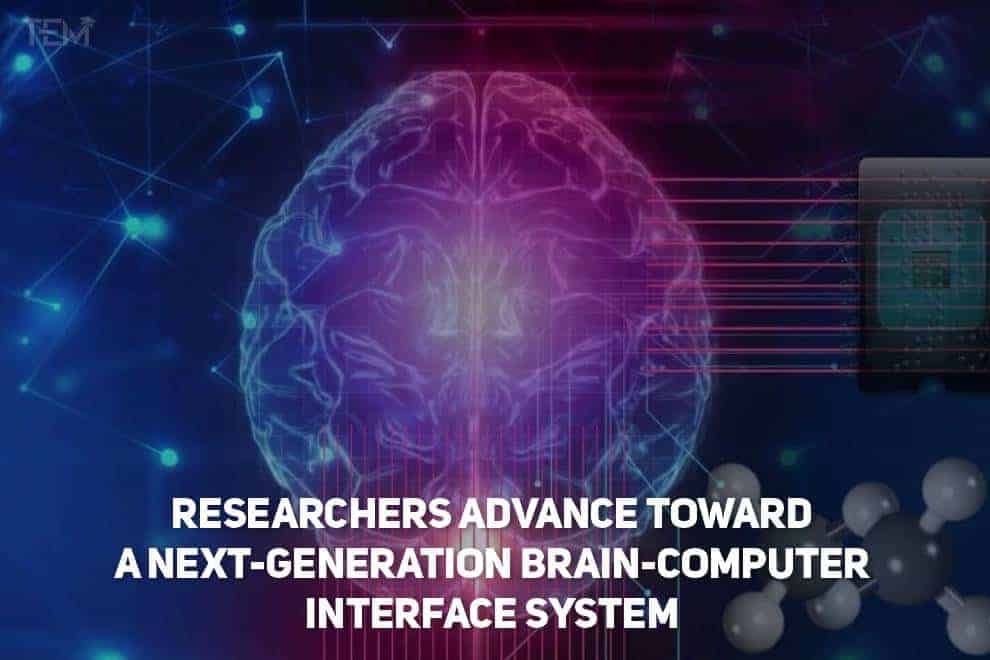Key Highlight:
- Brain-computer Interfaces are the emerging assistive gadgets that will help patients with brain or spinal cord injuries move or communicate in the future
- The study team showed the use of around 50 autonomous neurograins to capture brain activity
- The objective of this new study was to demonstrate that the device could record neural impulses from a living brain
New Concept for a Future BCI System
A brain-computer interface (BCI) is a direct communication pathway between an upgraded or wired brain and an external device. BCIs are often aimed at researching, mapping, assisting, augmenting, or repairing human cognitive or sensory-motor functions. Presently, BCIs are emerging assistive devices that can assist people with brain or spinal injuries to move or communicate in the future. Brain-computer Interface System rely on implantable sensors that record electrical impulses in the brain and then employ those signals to command external devices like computers or robotic prosthetics.
Most current Brain-computer Interface System implement one or two sensors to sample up to a couple of hundred neurons. However, neuroscientists are interested in systems that can acquire data from bigger groups of brain cells.
Presently, researchers have taken an important step in developing an entirely new concept for a future Brain-computer Interface System that relies on a network of independent, wireless microscale neural sensors, each approximately the size of a grain of salt, for recording and stimulating brain activity. The sensors, termed “neurograins,” individually capture the electrical pulses created by firing neurons and wirelessly transmit the signals to a central hub, which integrates and processes the signals.
Capturing Brain Impulses
In a recent study published by Nature Electronics, the research team demonstrated the usage of approximately 50 of these autonomous neurograins to capture neural activity in a rodent. The results, according to the researchers, represent a step toward a system that could one day permit the recording of brain impulses in unprecedented detail, leading to new insights into how the brain operates and new therapies for people with brain or spinal injuries.
The purpose of this new study was to illustrate that the device could record neural impulses from a living brain – in this case, the brain of a rodent. The researchers implanted 48 neurograins in the animal’s cerebral cortex, the outer layer of the brain, and successfully captured typical neural signals associated with spontaneous brain activity.
The researchers also examined the devices’ capability to stimulate the brain as well as record from it. Stimulation is done with tiny electrical pulses that can activate neural activity. Researchers hope that the stimulation, driven by the same center that coordinates neural recording, could one day restore brain function lost to illness or accident.
The size of the animal’s brain restricted the researchers to 48 neurograins for this investigation, however, the data suggests that the current architecture of the system might handle up to 770. Ultimately, the researchers hope to scale up to thousands of neurograins, which would present a picture of brain activity that is currently unreachable.
Also Read: How Neuralink ‘Merging Man And Machine’ Can Change The Future?










